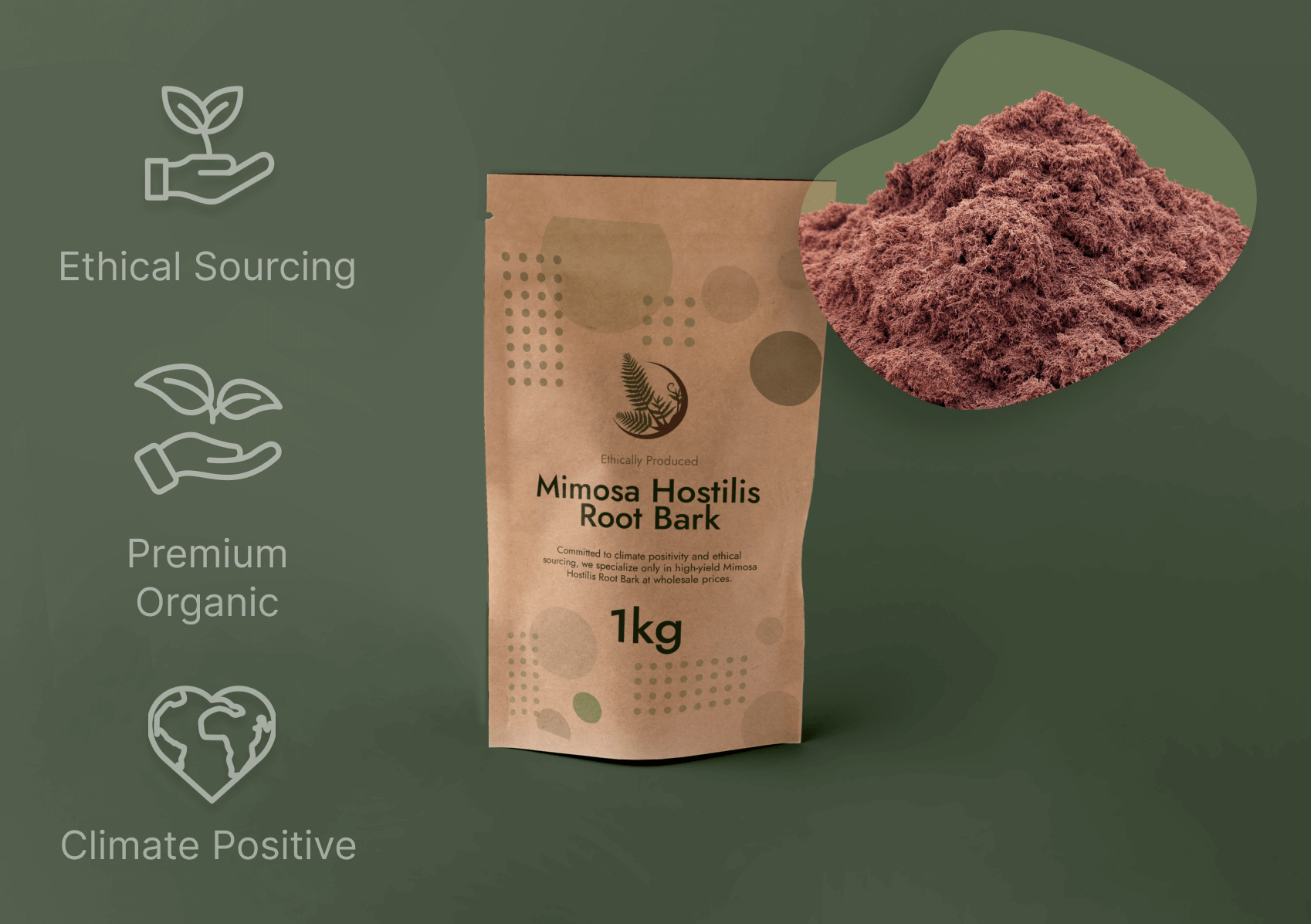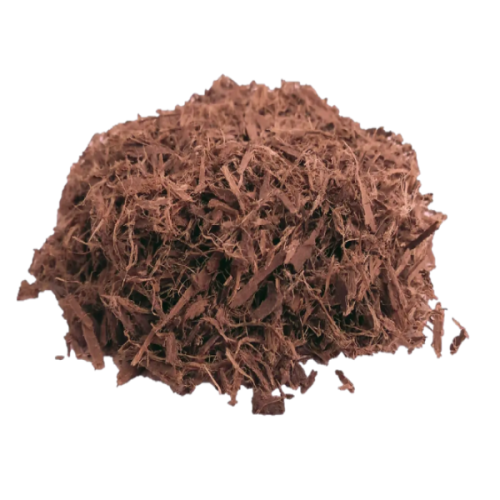Mimosa Hostilis Root Bark: A Guidebook to Origins and Makes use of
Wiki Article

Mimosa Hostilis Root Bark holds an important position in conventional methods and fashionable botanical applications. This information explores the features, origins, and customary concerns bordering this amazing plant material, with a certain give attention to the prized Brazillian Mimosa Hostilis Root Barks.
What is Mimosa Hostilis Root Bark?
Mimosa Hostilis, scientifically often known as Mimosa tenuiflora, is really a perennial tree native to your northeastern location of Brazil and portions of Mexico. The root bark of this tree continues to be utilized for hundreds of years by indigenous communities for various realistic and classic uses. The internal root bark consists of noteworthy concentrations of tannins, alkaloids, as well as other phytochemicals that add to its distinct Houses and applications.
The tree by itself is remarkably resilient, able to surviving in inadequate soils and drought circumstances. This hardiness contributes towards the strong nature from the bark and its chemical profile. When harvested sustainably, the outer root bark is meticulously divided to accessibility the dear interior bark, that's then dried and prepared to be used.
Brazilian Mimosa Hostilis Root Bark: The Gold Normal
When speaking about high-quality in Mimosa Hostilis solutions, the Brazillian Mimosa Hostilis Root Barks are normally considered superior in the botanical market. Numerous factors contribute to this status:
Exceptional Expanding Conditions
The specific soil composition, weather, and ecosystem of Brazil's northeastern region develop suitable disorders for Mimosa tenuiflora to create its full chemical possible. The mineral-prosperous soils and certain pattern of rainfall and sunlight On this area seem to improve the focus of active compounds in the root bark.Traditional Harvesting Understanding
In regions where by Mimosa Hostilis has long been used traditionally, harvesters have created refined techniques for sustainable harvesting that preserves both the tree and the potency in the bark. This know-how, handed down by generations, ensures that the bark is gathered at the ideal time of yr and processed applying methods that retain its integrity.Distinctive Bodily Characteristics
Brazilian Mimosa Hostilis Root Bark commonly displays a wealthy reddish-brown to purple inner bark by using a fibrous, dense texture. The visual properties often serve as an Original indicator of quality, with professional end users recognizing the unique physical appearance of bark from this area.
Common Apps and Uses
The purposes of Mimosa Hostilis Root Bark span both equally conventional and modern Premium Mimosa Hostilis contexts, while It is very important to comprehend the authorized position of such makes use of may differ by state and jurisdiction.
Conventional Craft and Follow
Indigenous communities have historically employed Mimosa Hostilis Root Bark for developing organic dyes for textiles, with the bark producing stunning shades of purple, burgundy, and deep brown. The tannin-loaded Attributes also made it worthwhile for leather-based tanning and other functional programs.Contemporary Botanical Study
Up to date interest in Mimosa Hostilis Root Bark extends to varied fields of botanical analysis, significantly studying its chemical composition and possible applications. Scientists have determined many exciting compounds throughout the bark that warrant additional scientific investigation.Horticultural and Agricultural Takes advantage of
In permaculture and sustainable agriculture, Mimosa tenuiflora is valued like a nitrogen-fixing species that may enhance soil excellent. The bark by itself, when processed, can be utilized as being a all-natural mulch or soil amendment in selected agricultural contexts.Good quality Assessment and Identification

For those working with Mimosa Hostilis Root Bark, being familiar with tips on how to assess good quality is critical. High-high-quality content, particularly reliable Brazillian Mimosa Hostilis Root Barks, typically exhibits specific features:
The visual visual appeal should clearly show a transparent distinction between the outer and interior bark, With all the interior bark exhibiting deep, vibrant colours. The material must have a attribute earthy, slightly sweet aroma, totally free from musty or moldy notes. When processed, the bark should really produce a good powder although sustaining its fibrous composition till grinding. Correctly dried bark really should be brittle although not dusty, indicating accurate moisture information.
Regularly Asked Issues (FAQs)
1. What is the difference between Mimosa Hostilis Root Bark from Brazil along with other areas?
Brazilian Mimosa Hostilis Root Bark is normally regarded excellent a result of the optimal rising disorders in northeastern Brazil, which end in larger concentrations of Energetic compounds. The traditional harvesting techniques applied Within this area also add to the general quality and potency of the final merchandise.2. How should I keep Mimosa Hostilis Root Bark to keep up its excellent?
Retailer the bark within a amazing, darkish, and dry put within an airtight container. Protection from light-weight, moisture, and extreme temperature fluctuations should help maintain the bark's chemical integrity and prevent degradation of its Energetic components.3. Is Mimosa Hostilis an endangered species?
No, Mimosa tenuiflora is not really at present listed being an endangered species. The truth is, It really is known for its resilient development and ability to prosper in challenging circumstances. Nevertheless, liable harvesting practices remain vital to make sure the sustainability of wild populations.4. Can I expand Mimosa Hostilis beyond its indigenous habitat?
Though Mimosa tenuiflora thrives finest in its native tropical climate, it could be cultivated in related environments. The tree demands nicely-drained soil, a lot of sunlight, and defense from frost. Even so, the chemical profile of cultivated specimens might vary from wild-harvested Brazilian materials.five. What is the lawful position of Mimosa Hostilis Root Bark?
The legal standing differs appreciably by place and jurisdiction. In certain places, the raw bark is authorized to possess, although in Other folks, distinct extracts or preparations might be regulated. Generally investigate and adjust to area laws and polices prior to obtaining or making use of any botanical substance.Comprehending Mimosa Hostilis Root Bark, significantly the top quality Brazillian Mimosa Hostilis Root Barks, requires appreciation of its botanical features, conventional context, and suitable purposes. Irrespective of whether for study, craftsmanship, or botanical analyze, this impressive plant content continues to Brazillian Mimosa Hostilis Root Barks be a issue of interest across various fields, though constantly inside proper lawful and ethical boundaries. Report this wiki page